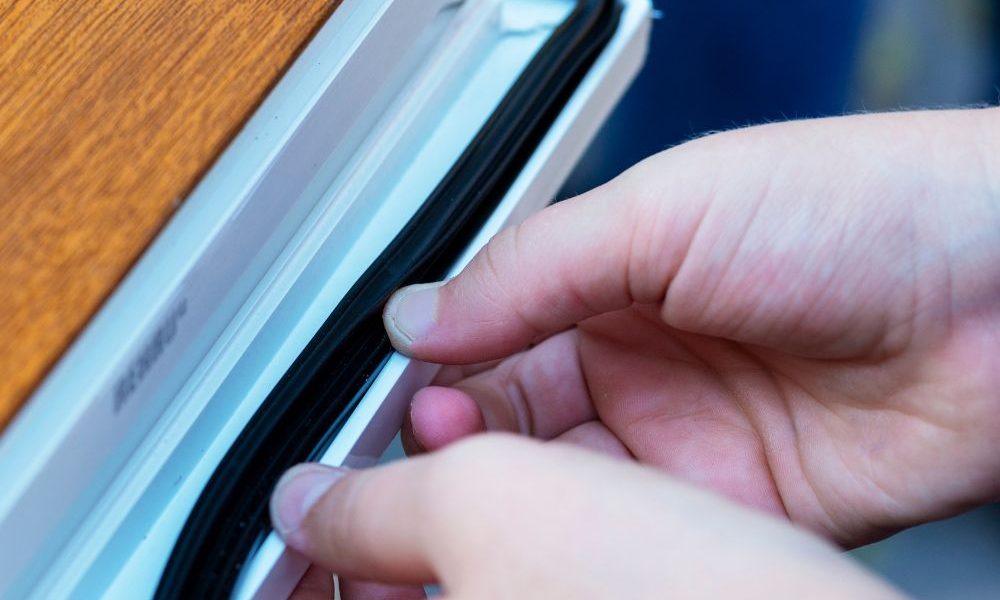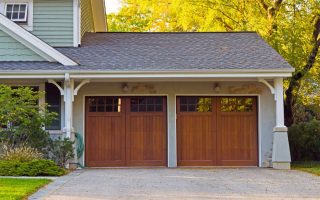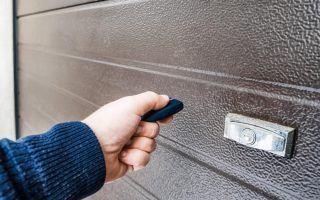When it comes to improving the energy efficiency and comfort of your home, insulating your garage door is a step that shouldn’t be overlooked. Many homeowners focus on insulating walls, attics, and windows, but the garage door often remains neglected. This oversight can result in significant heat loss during winter and unwanted heat gain during summer. In this guide, we’ll explore the benefits of insulating your garage door, provide a step-by-step guide on how to do it, and share some personal anecdotes and expert insights.
Why Insulate Your Garage Door?
Energy Efficiency
Insulating your garage door can significantly reduce your home’s energy consumption. An uninsulated garage door is like having a giant hole in your house, allowing warm air to escape in the winter and hot air to infiltrate during the summer.
“An uninsulated garage door is like having a giant hole in your house. It’s a major source of heat loss in the winter and heat gain in the summer.” – Allison Bailes, Energy Consultant and Building Scientist (Energy Vanguard)
Cost Savings
By improving the energy efficiency of your garage, you can lower your heating and cooling costs. Insulating your garage door is a cost-effective project that can pay for itself over time through reduced energy bills.
“Insulating your garage door is one of the most cost-effective ways to improve the energy efficiency of your home. It’s a simple project that can make a big difference in your comfort and energy bills.” – Danny Lipford, Home Improvement Expert (Today’s Homeowner)
Enhanced Comfort
A well-insulated garage door can help maintain a more consistent temperature in your garage, making it a more comfortable space to use. Whether you use your garage as a workshop, gym, or simply for parking your car, insulation can make a significant difference.
“If you have a finished or heated garage, insulating the garage door is a no-brainer. It will make a big difference in the comfort and energy efficiency of your garage.” – Martin Holladay, Energy Efficiency Expert (Green Building Advisor)
Noise Reduction
Insulating your garage door can also help to reduce noise from the outside. This is especially beneficial if your garage is attached to your home or if you live in a noisy neighborhood.
“Insulating your garage door can also help to reduce noise transmission. It’s a great way to create a quieter and more comfortable living space.” – John Straube, Building Scientist (Building Science Press)
Step-by-Step Guide to Insulating Your Garage Door
Materials Needed
- Garage door insulation kit (foam board, reflective insulation, or fiberglass batt)
- Utility knife
- Measuring tape
- Adhesive or double-sided tape
- Gloves and safety goggles
Step 1: Measure Your Garage Door
Start by measuring the height and width of each panel on your garage door. This will help you determine how much insulation material you need.
Step 2: Choose Your Insulation Material
There are several types of insulation materials available for garage doors:
- Foam Board Insulation: Rigid panels that provide good insulation and are easy to cut and install.
- Reflective Insulation: Consists of layers of foil that reflect heat, suitable for hot climates.
- Fiberglass Batt Insulation: Flexible and effective, but requires a protective covering.
Step 3: Cut the Insulation to Size
Using a utility knife, cut the insulation material to fit each panel of your garage door. Ensure the pieces fit snugly without gaps.
Step 4: Attach the Insulation
Apply adhesive or double-sided tape to the back of the insulation panels. Press the insulation firmly into place on each panel of the garage door. If using reflective insulation, ensure the reflective side faces outward.
Step 5: Secure the Insulation
Some garage door insulation kits come with retaining clips to hold the insulation in place. If your kit includes these, install them as directed. Otherwise, ensure the adhesive is strong enough to keep the insulation secure.
Step 6: Inspect and Test
After installing the insulation, inspect the garage door to ensure there are no gaps or loose sections. Test the door’s operation to make sure it opens and closes smoothly without any interference from the insulation.
Personal Anecdote: My Garage Door Insulation Experience
Last winter, my garage felt like a freezer, making it uncomfortable to use my workshop. I decided to insulate the garage door after reading about the benefits. The installation process was straightforward, and within a few hours, I had a well-insulated garage door. The difference was noticeable immediately – the garage stayed much warmer, and I even noticed a reduction in my heating bill. The project was well worth the effort, and now my garage is a comfortable space year-round.
Expert Insights and Benefits
Energy Savings
A study by the Oak Ridge National Laboratory showed that insulating garage doors can save up to 18% of the total energy used for heating and cooling a home. This means significant savings on your energy bills over time.
Improved Home Comfort
According to the American Society of Heating, Refrigerating, and Air-Conditioning Engineers (ASHRAE), insulating garage doors can improve thermal comfort in homes by reducing drafts and temperature fluctuations. This makes the garage a more usable space throughout the year.
Environmental Impact
Joe Lstiburek, a building science consultant, emphasizes the environmental benefits of insulating garage doors. By reducing energy consumption, you are also reducing your carbon footprint. This is a simple yet effective way to make your home more eco-friendly.
“If you’re going to insulate your garage, you might as well insulate the garage door too. It’s the biggest opening in the garage, and it’s a major source of heat loss.” – Joe Lstiburek, Building Science Consultant (Building Science Corporation)
Maintenance Tips for Your Insulated Garage Door
Regular Inspections
Periodically inspect the insulation for any signs of damage or wear. Look for gaps or areas where the insulation may have come loose.
Lubrication
Keep the moving parts of your garage door, such as the hinges, rollers, and tracks, well-lubricated to ensure smooth operation. This also helps to prolong the life of your door and opener.
Balance Check
Ensure your garage door remains balanced. An unbalanced door can strain the opener and lead to premature wear. If you notice any issues, it’s best to call a professional.
Conclusion
Insulating your garage door is a practical and cost-effective way to enhance your home’s energy efficiency, comfort, and overall value. With the right materials and a bit of effort, you can transform your garage into a more usable and comfortable space. Remember, regular maintenance and inspections will help keep your insulated garage door in top condition, ensuring it continues to provide benefits for years to come. Whether you’re looking to save on energy bills, reduce noise, or create a more comfortable environment, insulating your garage door is a project worth considering.




